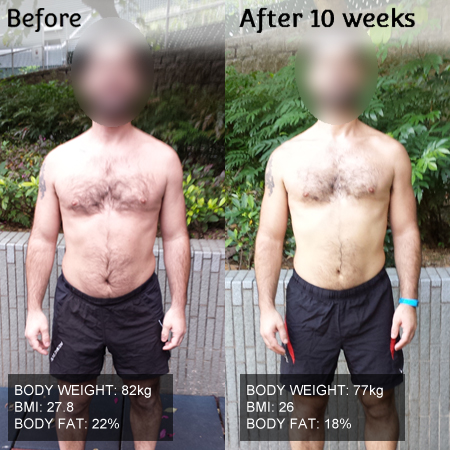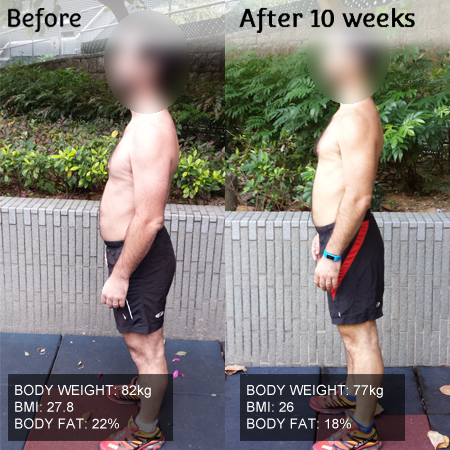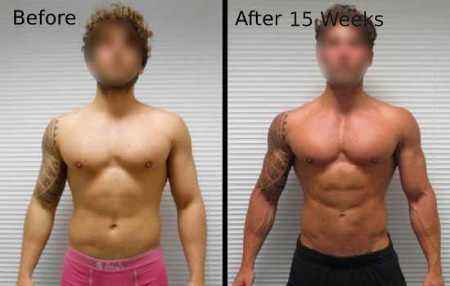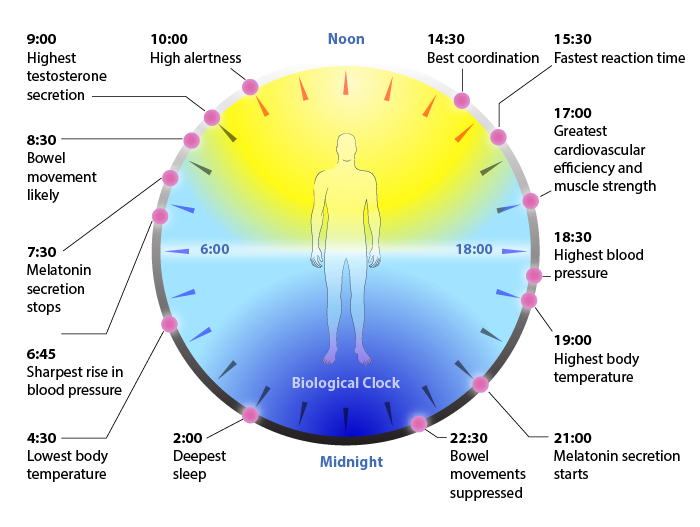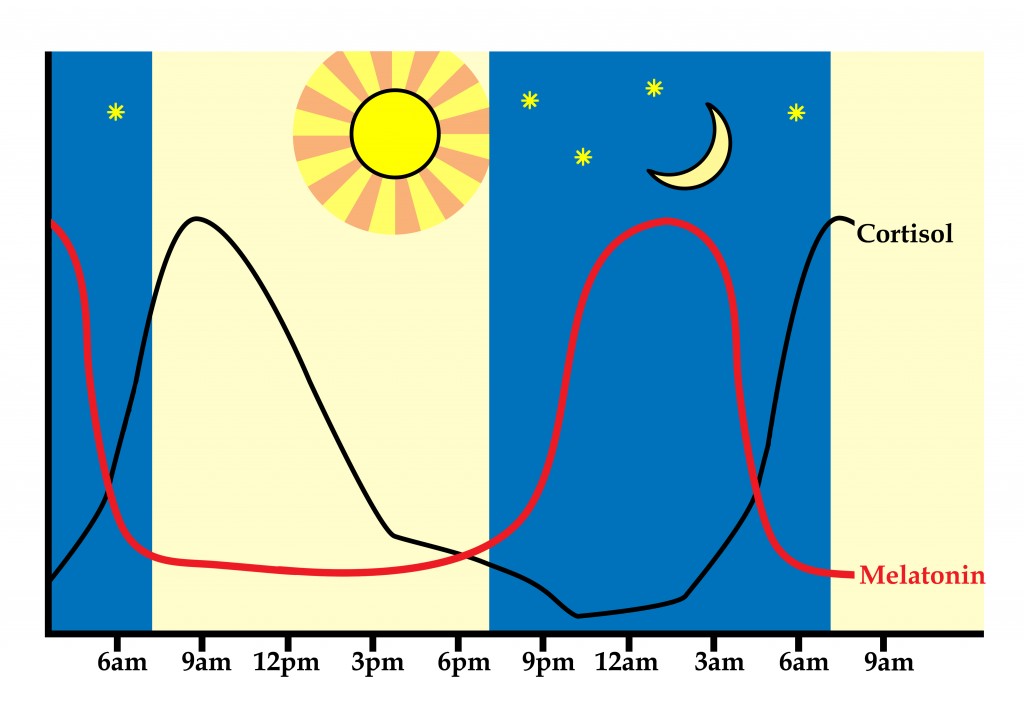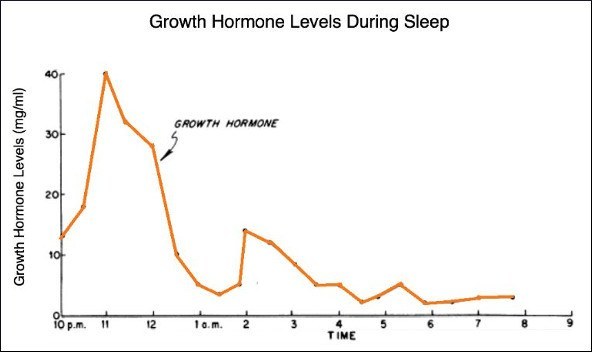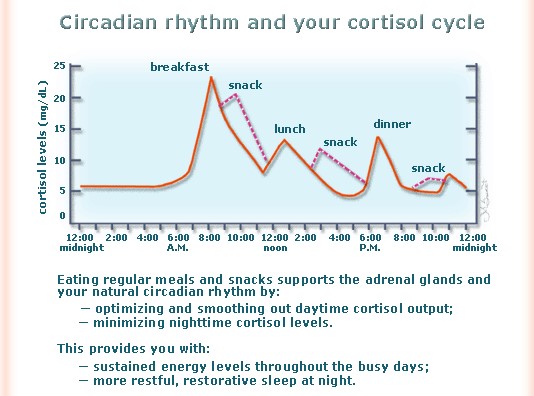BODY TRANSFORMATION
Body transformation is not rocket science, but you must have a “rocket will” to execute a good diet with a proper training plan.
Dieting and training always go together and food is at least 70% of your results.
The biggest secret behind body transformation is CORTISOL and his best friend INSULIN. These 2 hormones play a key part in whatever fat loss you want to achieve.
THE BAD GUYS
CORTISOL, the STRESS HORMONE.
Cortisol is termed catabolic as it has the opposite effect to testosterone and growth hormone in that it breaks down tissue. The three main functions of cortisol are:
- The reduction of protein synthesis.
- The facilitation of protein to glucose.
- The halting of tissue growth.
- Cortisol is the hormone with the strongest relation to fat distribution in both genders.
- Cortisol acts via the glucocorticoid receptor to stimulate lipoprotein lipase (LPL). Simply put, LPL is an enzyme that makes fat cells ready for storage.
- Visceral adipocytes have more glucocorticoid receptors than other fat cells.
- Fat cells in the torso have fewer glucocorticoid receptors and subcutaneous fat cells found on the rest of your body have even fewer.
- The fat cells on your hips and upper legs have the least glucocorticoid receptors.
- This means cortisol causes fat storage primarily on your abdomen.
INSULIN, the STORAGE HORMON.
- Insulin interacts strongly with LPL to store fatty acids from the blood in fat tissue. Since cortisol stimulates the production of LPL, insulin reinforces the effect of cortisol.
- High insulin levels can therefore lead to preferential fat storage around the midsection.
- Insulin helps control blood glucose levels by signaling the liver and muscle and fat cells to take in glucose from the blood.
Insulin therefore helps cells to take in glucose to be used for energy. If the body has sufficient energy, insulin signals the liver to take up glucose and store it as glycogen. - The liver can store up to around 5% of its mass as glycogen.
- As well as being involved in the regulation of blood glucose, insulin is also involved in how fat is used by the body. When the liver is has taken up its capacity of glycogen, insulin signals fat cells to take up glucose to be stored as triglycerides.
- An additional effect of insulin is in inhibiting the breakdown of fats.
THE GOOD GUYS
TESTOSTERONE (in men) / ESTROGEN (in women)
Testosterone (Estrogen) is termed anabolic for these primary effects:
- They manipulate enzyme activity (enhance chemical changes in the muscle cell)
- They change the speed of transport of nutrients through the cell wall.
- They enhance protein synthesis
- Testosterone is a cortisol antagonist. Testosterone and cortisol are in a constant battle for the activity of LPL, the enzyme that prepares fat cells for storage.
- Cortisol stimulates LPL and testosterone inhibits it.
- Testosterone acts via the androgen (‘man making’) receptor and stimulates lipolysis AKA fat burning. Androgen receptor density is much higher in the upper than the lower body, so this would imply that men store fat primarily in their lower bodies and women store fat primarily in their upper bodies. Fortunately, this is not the case and men don’t have female curves.
GROWTH HORMON
- Growth hormone is also a cortisol antagonist and it increases the anti-cortisol activity of testosterone in men and estrogen in women.
- High growth hormone levels will therefore preferentially burn abdominal fat, followed by fat on the torso and lastly fat on the lower body.
CIRCADIAN RHYTHM, your BODY CLOCK.
These 4 guys are hormones and their level in our body change at different time of the day and this takes us to the next key factor to consider: the BODY CLOCK.
Here’s a basic overview of how the circadian rhythm works optimally:
- In the morning when you wake up, your body temperature is low and you get a surge in cortisol that increases blood pressure and gives you energy.
- Exposure to light shuts off melatonin production (a hormone that induces sleep), resetting the clock for the day.
- Sex hormone secretion occurs around 9 am and testosterone peaks.
- The body warms up through the middle of the day, and reaction time and physical performance peak between 2:30 and 6 pm. Athletic performance, strength, and power output are highest and risk of injury is lowest during this time.
- Protein synthesis peaks around 5 pm, which means that if you can train right before that, you’ll experience greater muscle growth and faster recovery.
- As sunset approaches, body temperature peaks and the hormone leptin is elevated, which will suppress hunger and signal the brain to release fat for burning when you sleep (Yes, you burn fat when you sleep, not carbs).
- Leptin also upregulates the thyroid and triggers changes in mitochondria to produce heat in the body to keep you warm during the night.
- Melatonin is secreted around 9 pm getting you ready for sleep. It downregulates neural function, allowing the brain to heal.
YOUR FOOD and YOUR TRAINING PLAN!
all these nice information to explain that based on these main factors above, we shall eat accordingly, workout at the right time of the day and finally rest! That’s where we come in….
WE LOOK FORWARD TO HELPING YOU!






